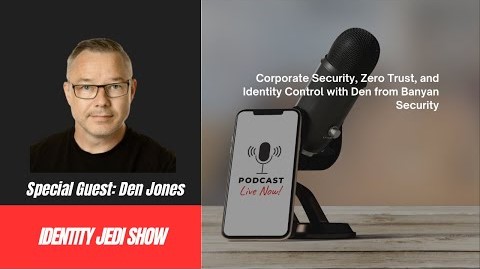VOIP (Voice Over Internet Protocol) technology enables voice calls from a broadband Internet connection from devices like computers, VOIP phones and mobile devices. This differs from a regular analog phone line system. VOIP services convert one’s voice into a digital signal that traverses the Internet. VOIP is also called IP Telephony.
VOIP software has two main flows: 1) session initiation using the TCP-based SIP protocol, and 2) media transport using the UDP-based RTP protocol. There are a bunch of additional protocols and variations that may need to be supported as well, depending on features enabled and devices used.
Often, a VOIP solution will have additional undocumented requirements, e.g., a dependence on reverse DNS or Reverse WINS. Some IP telephony devices, such as Cisco IP Phones, use DHCP option 150 and DHCP option 66 to push basic configurations, which then fetch full configuration files, background images, and other files from a TFTP server. Failure to meet these requirements typically leads to mysterious failures with unhelpful error messages.








